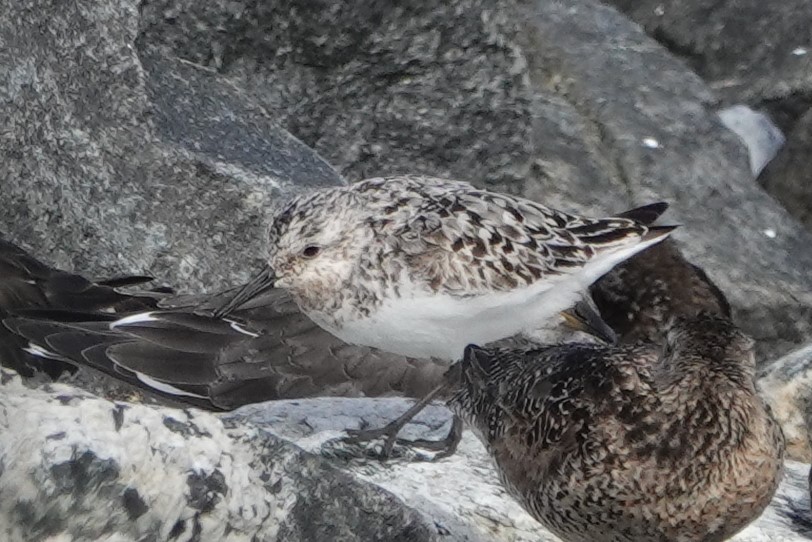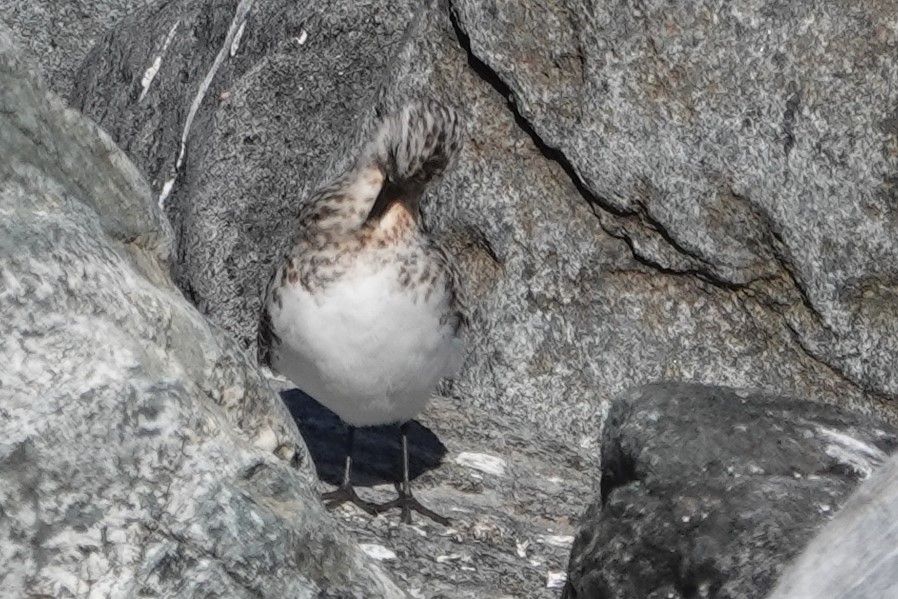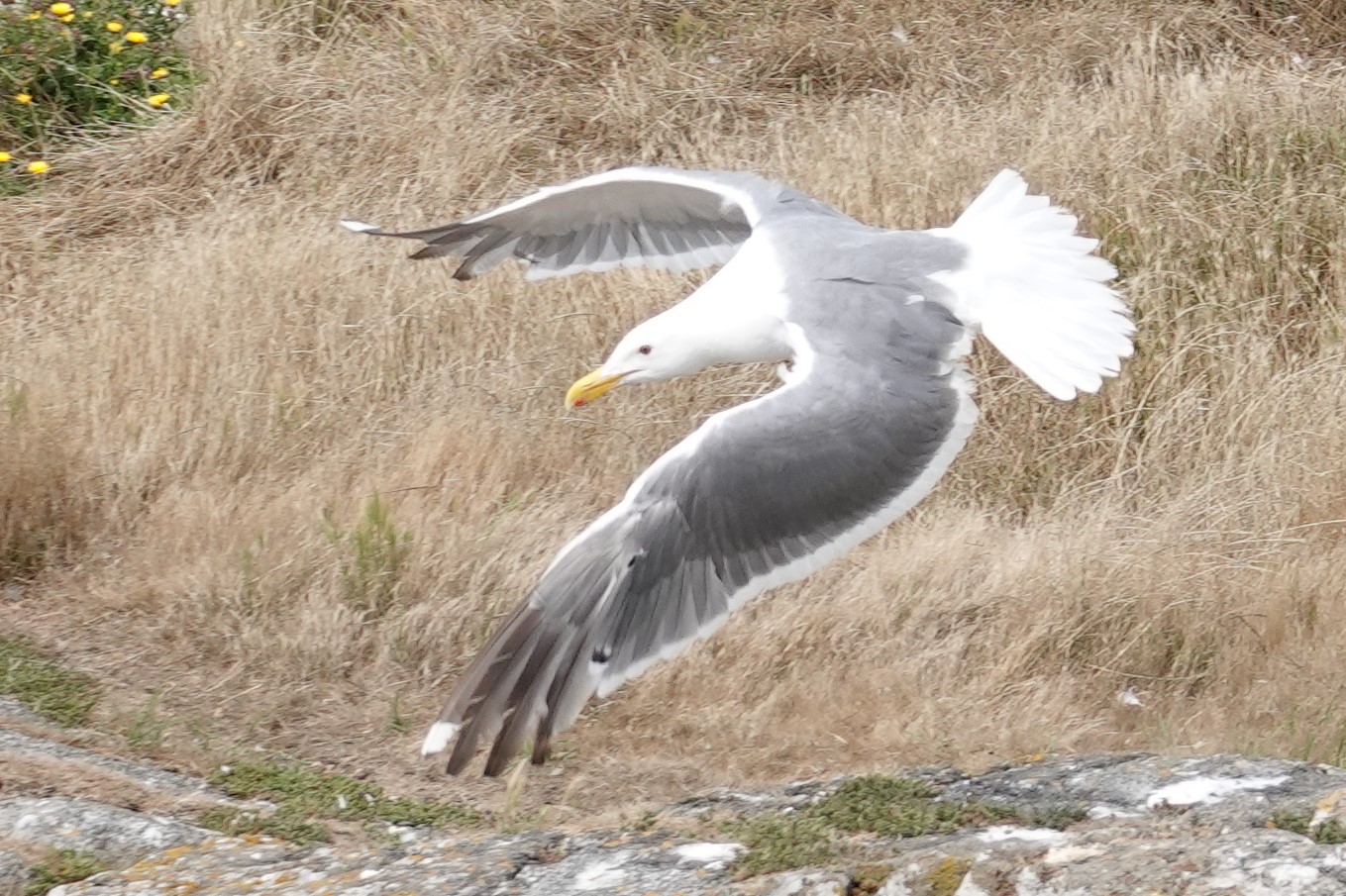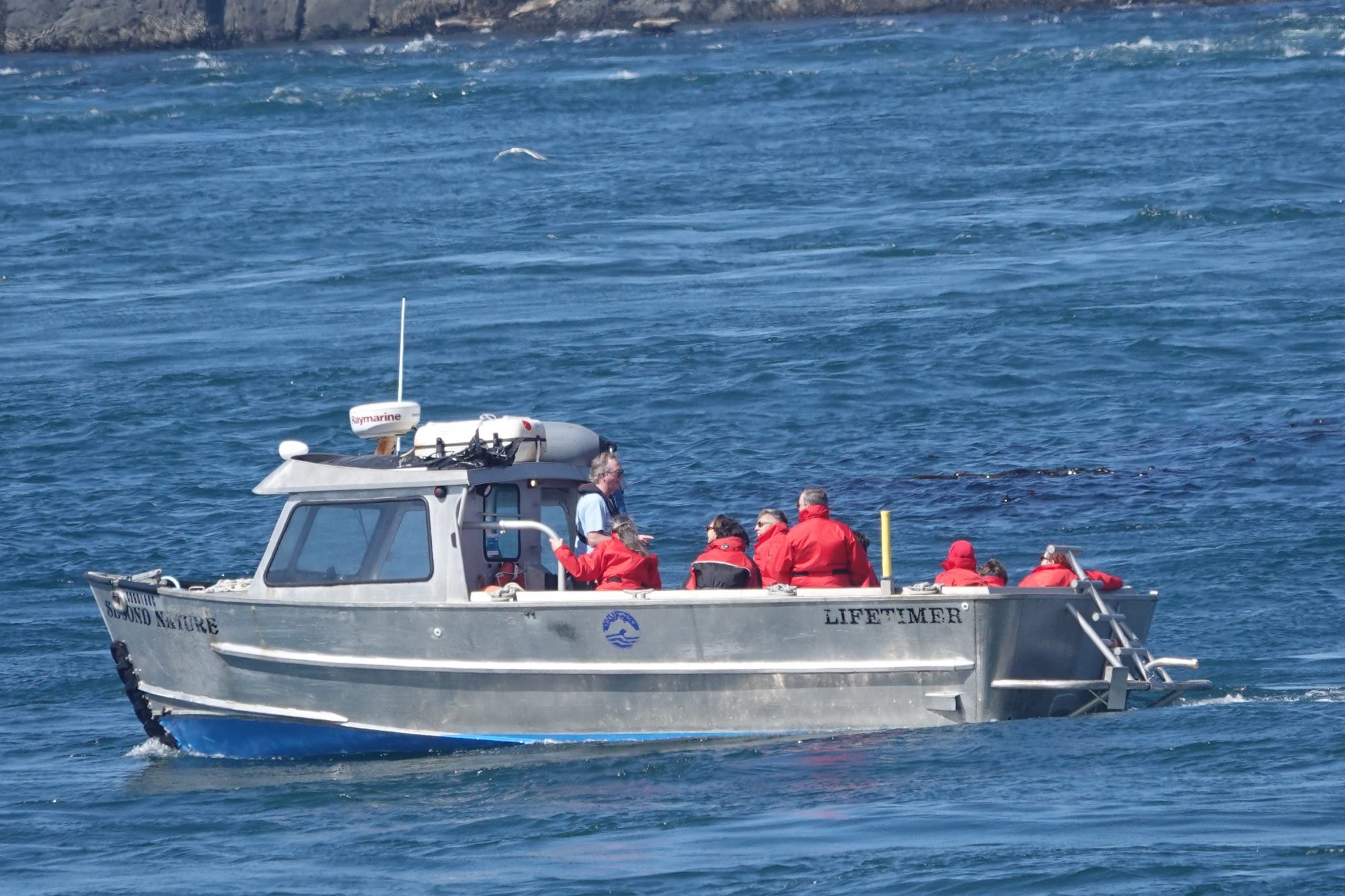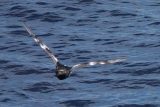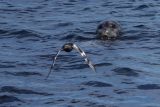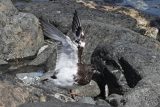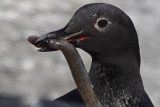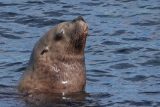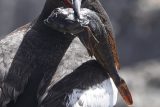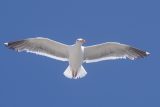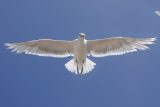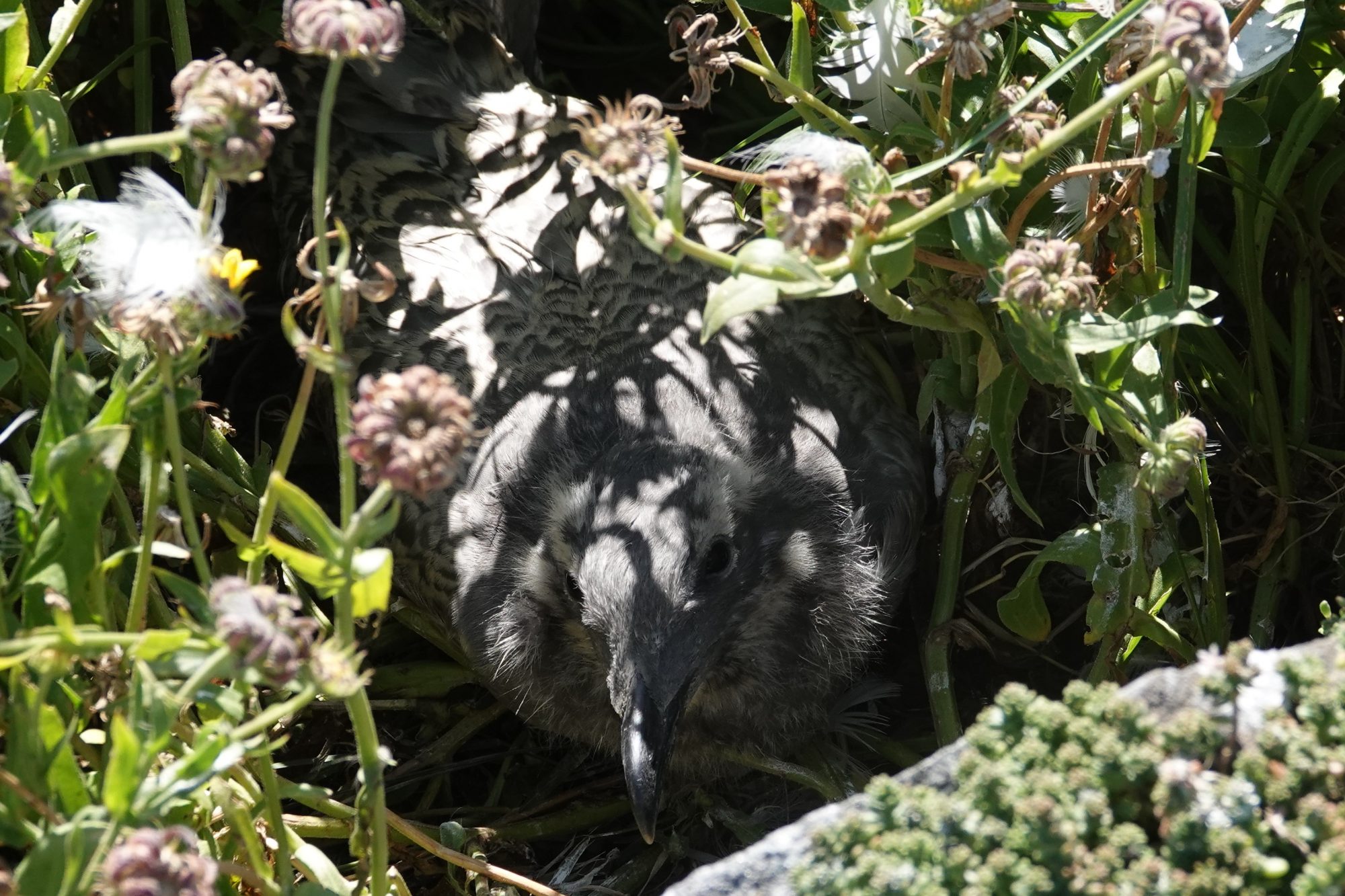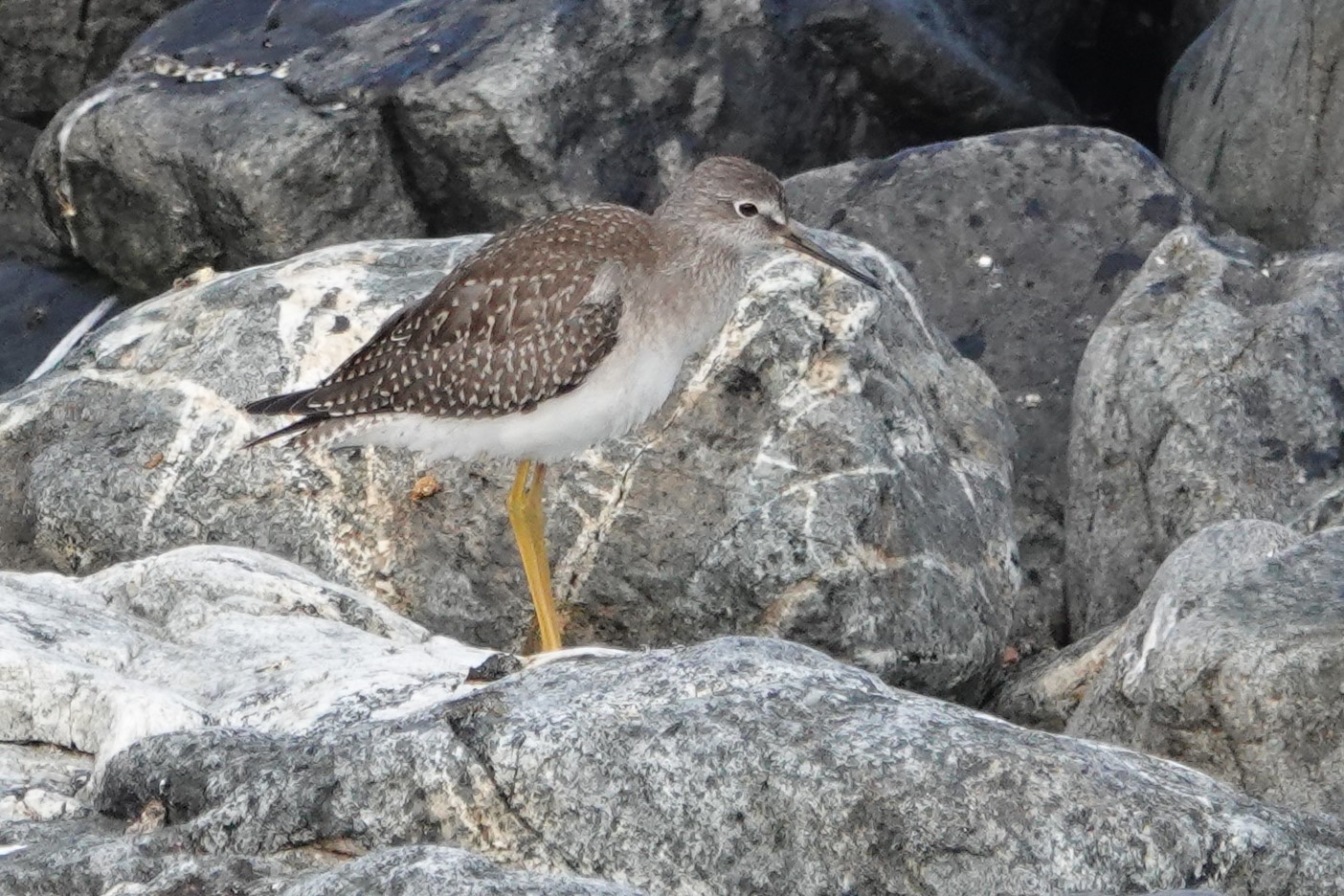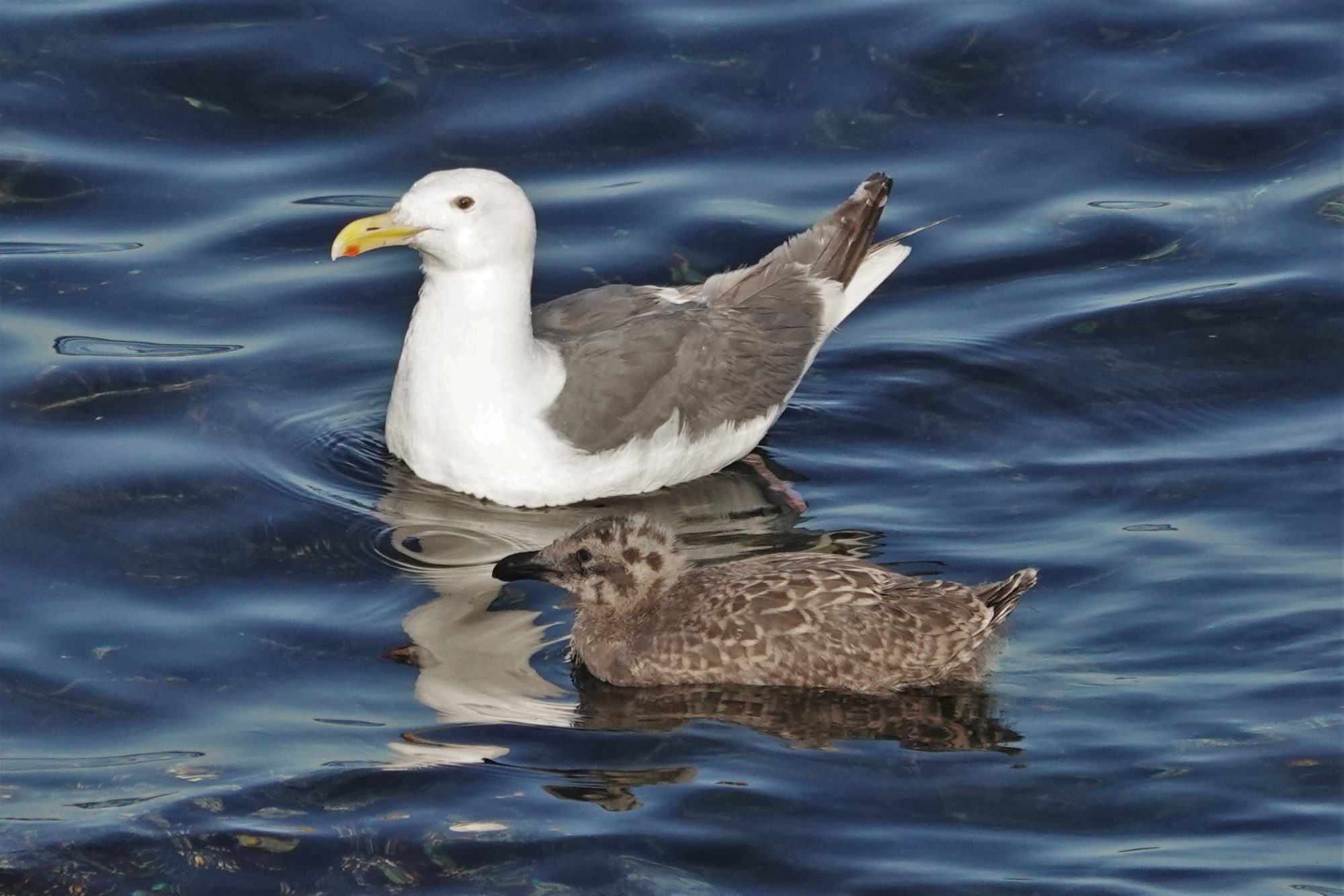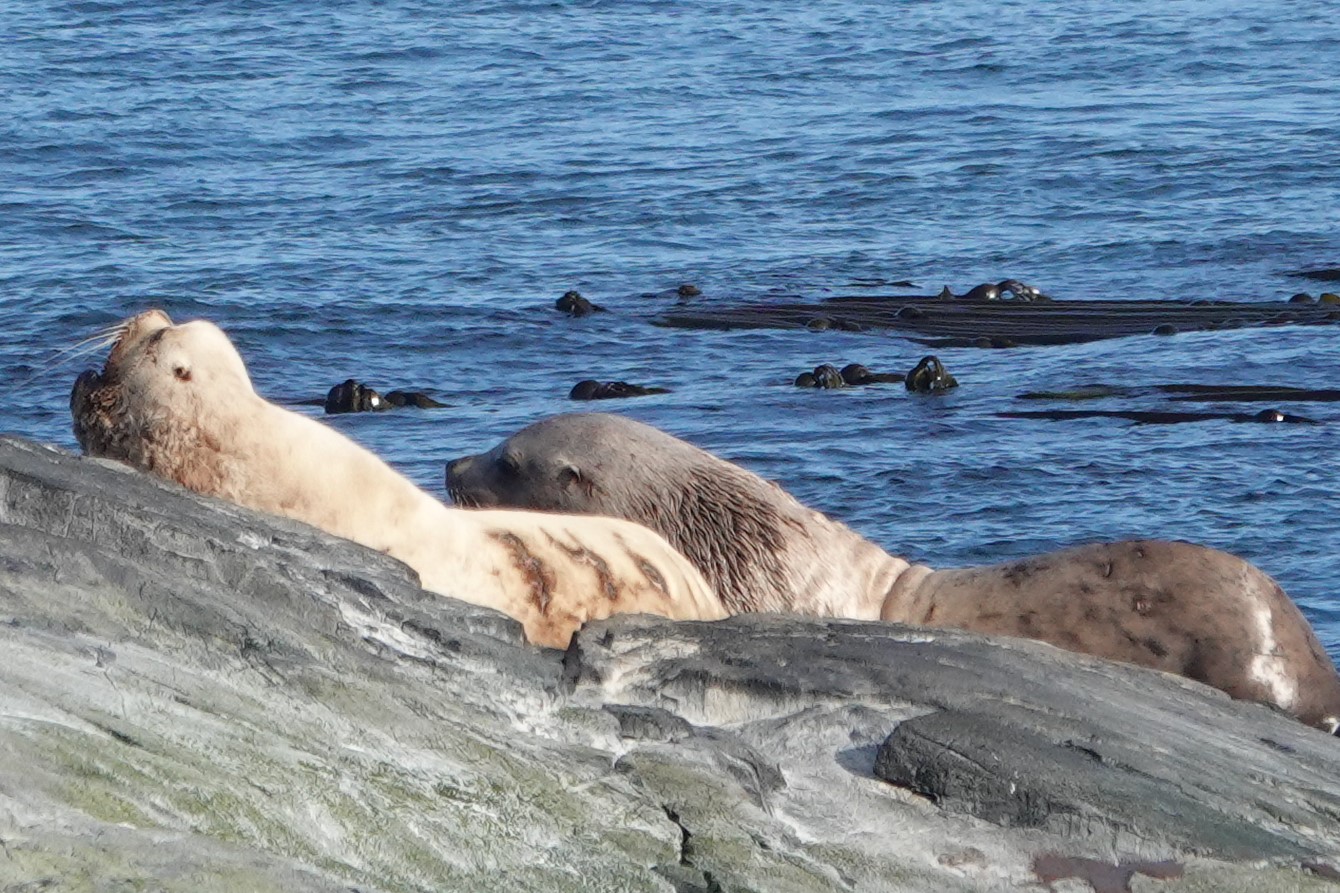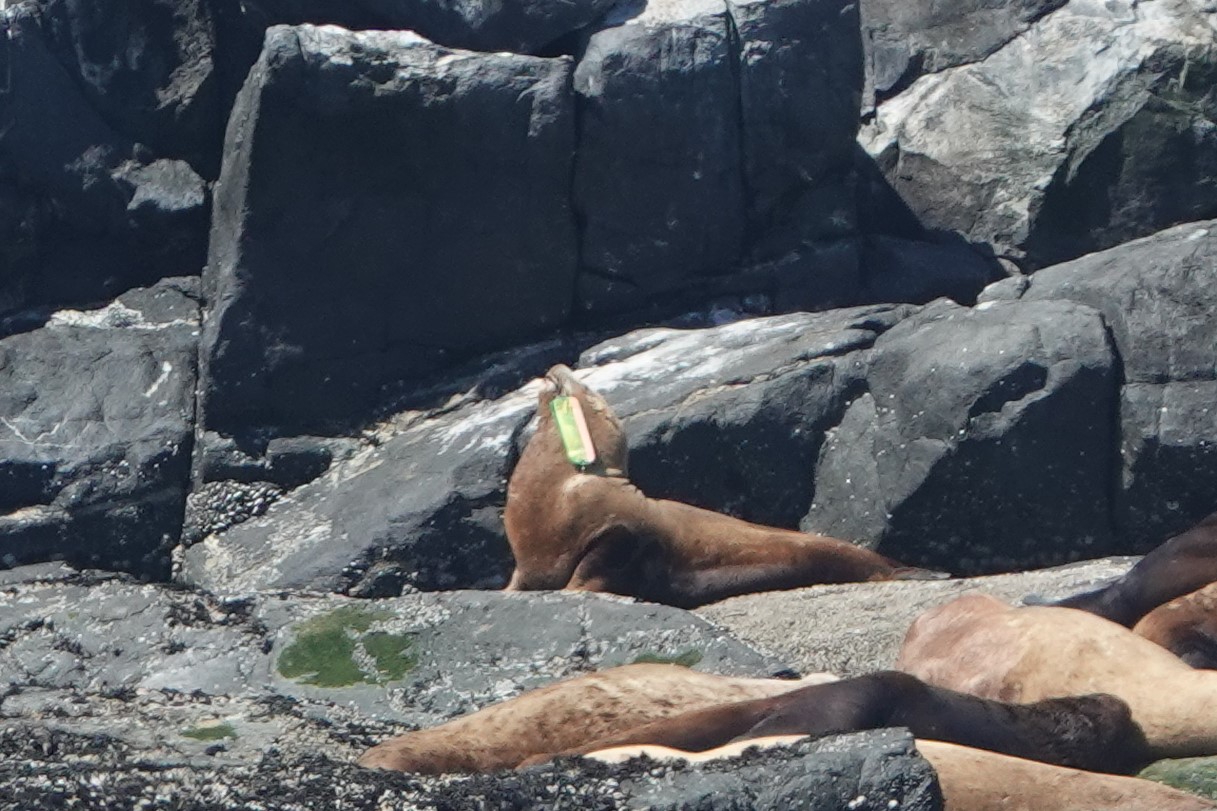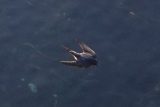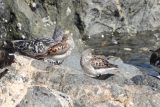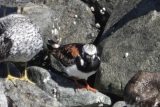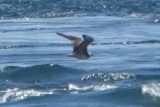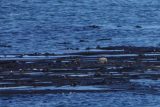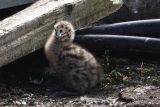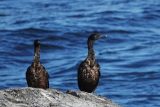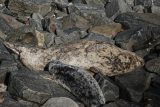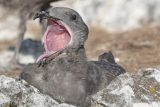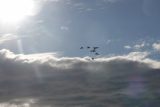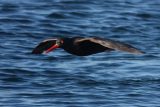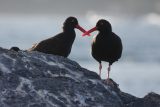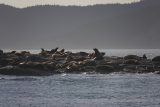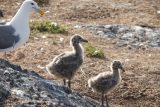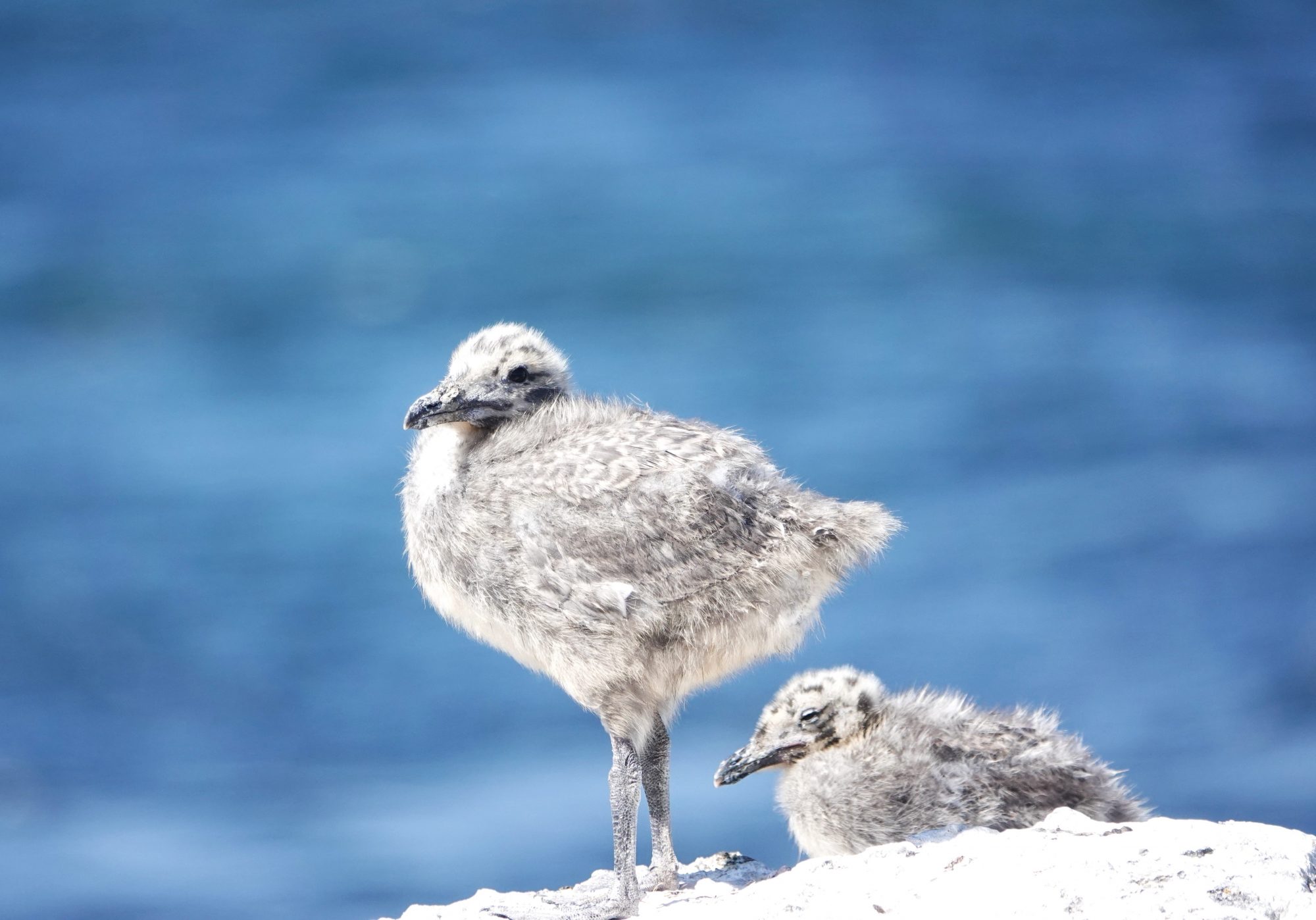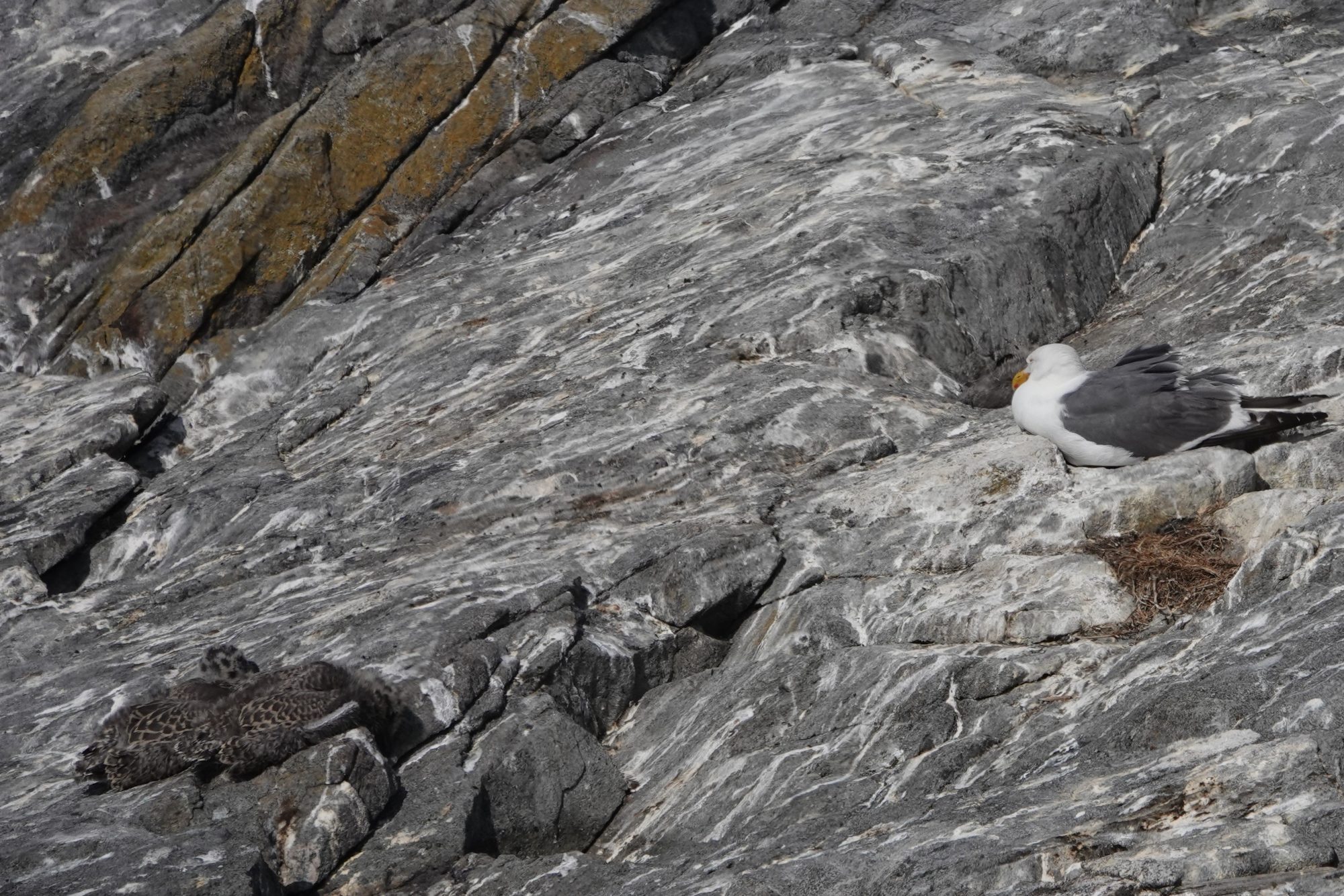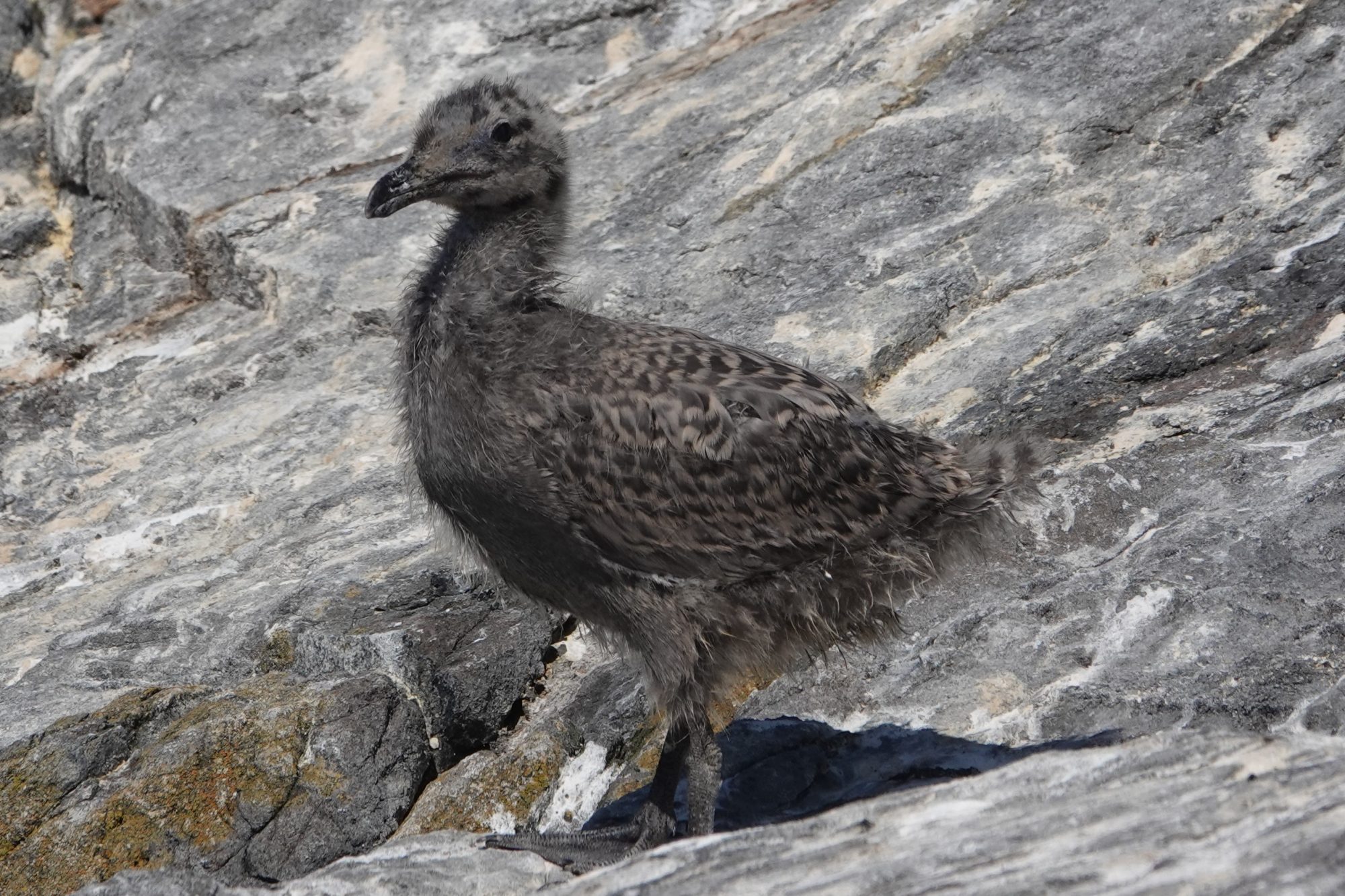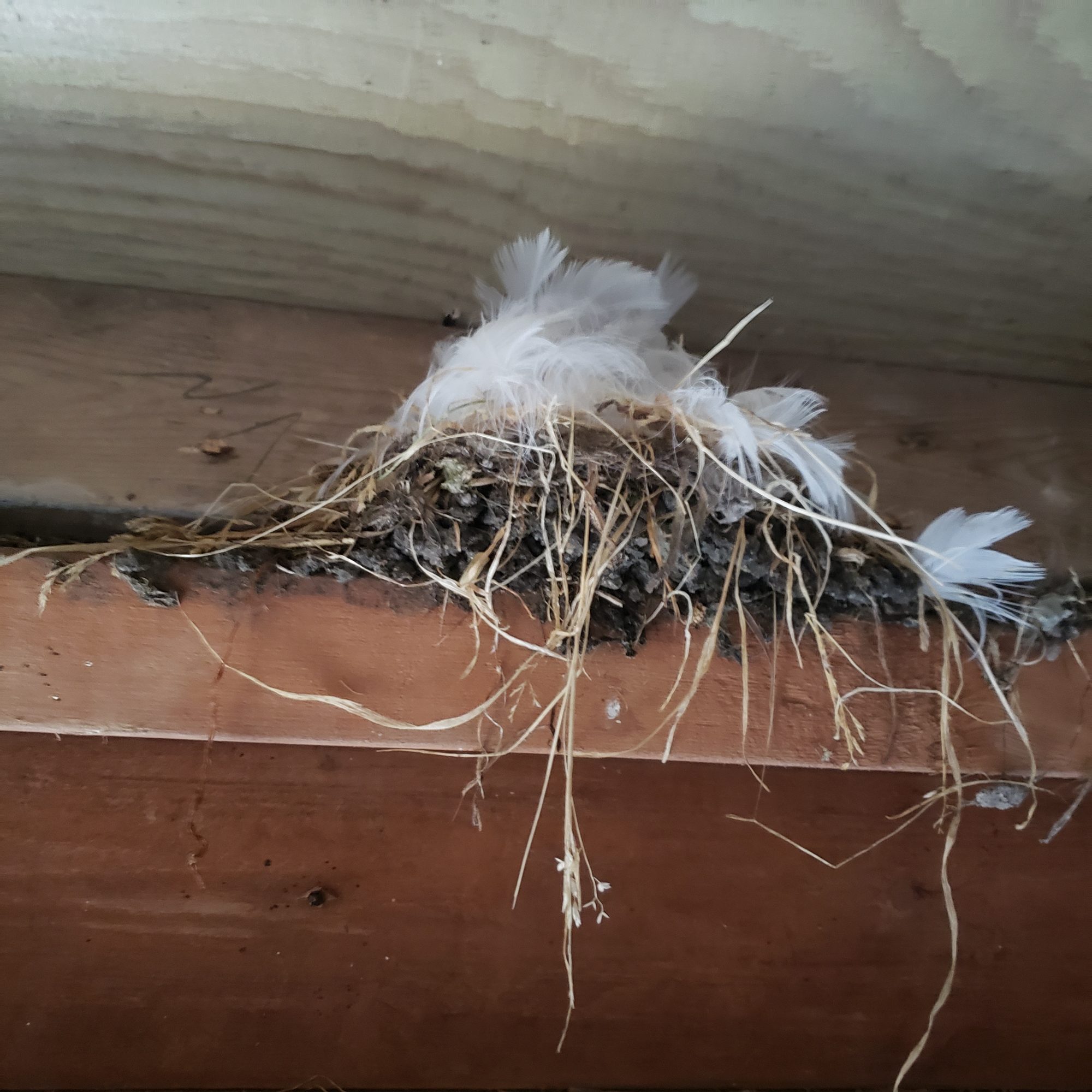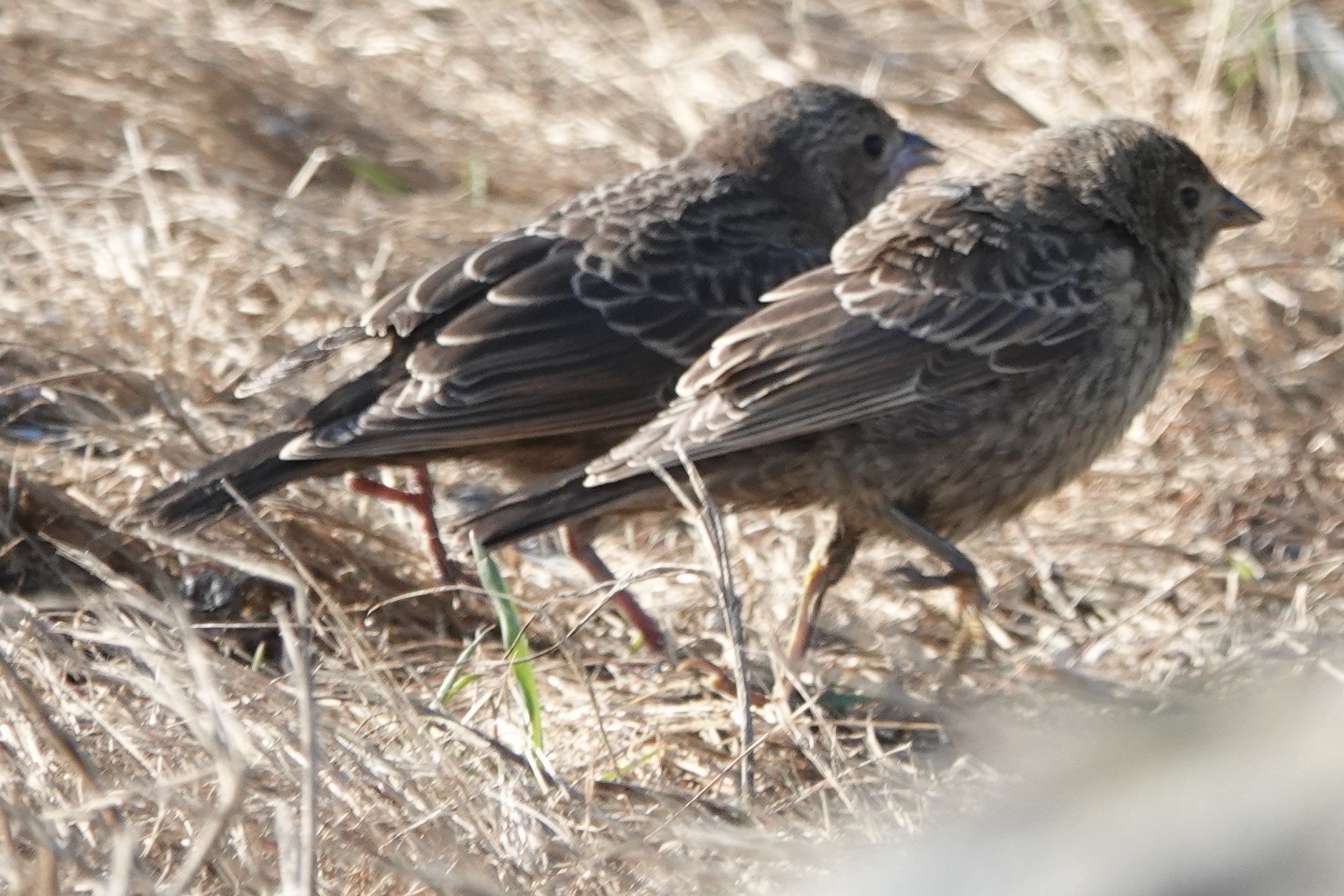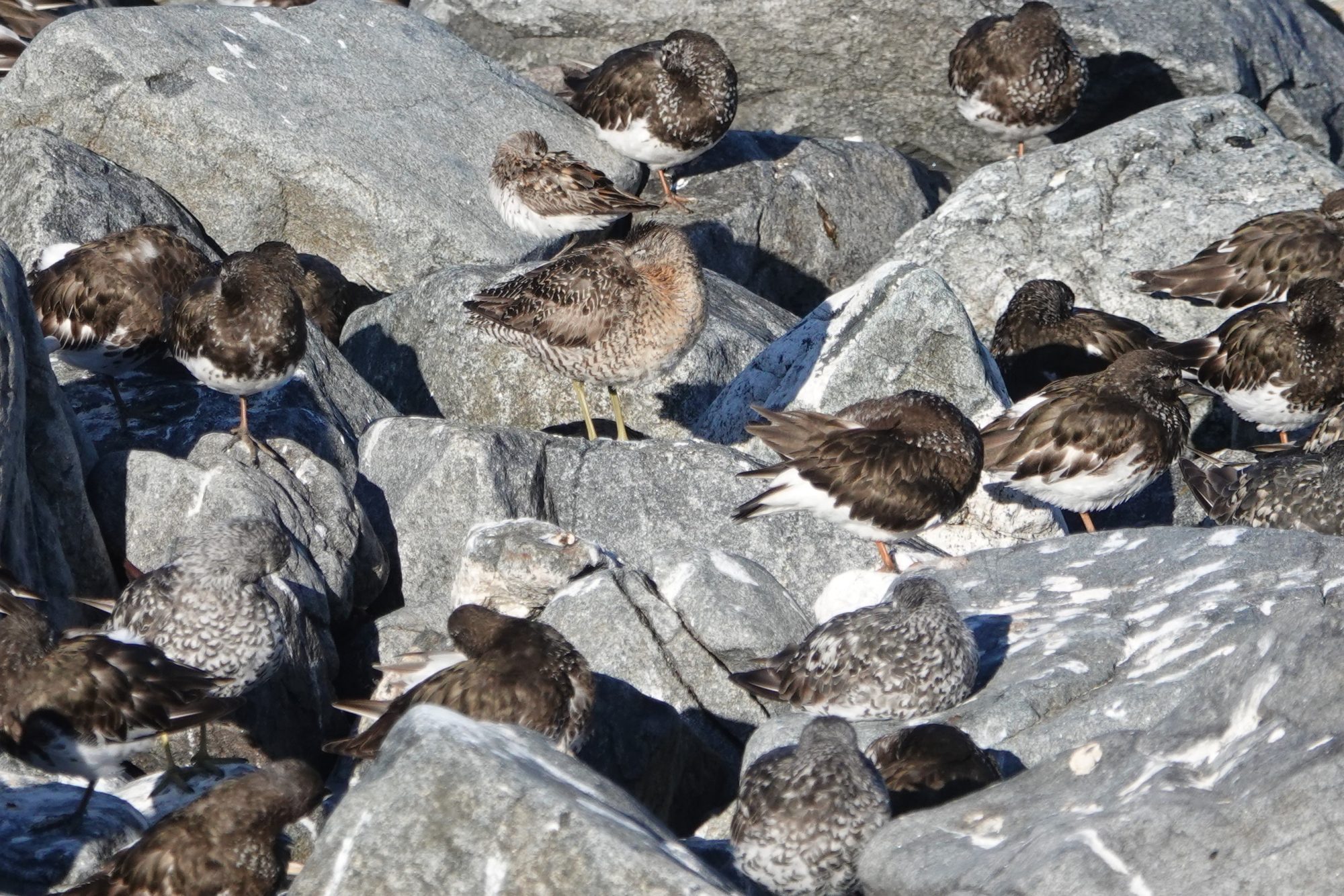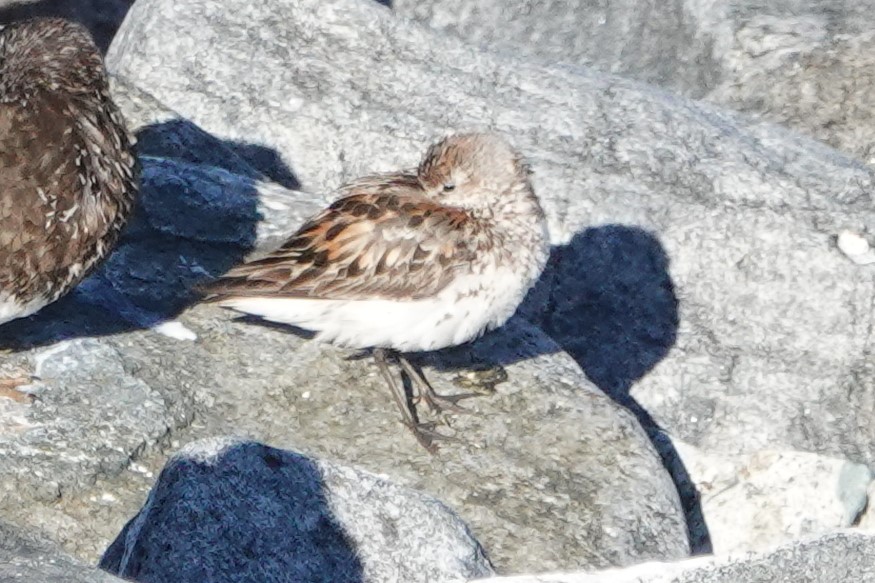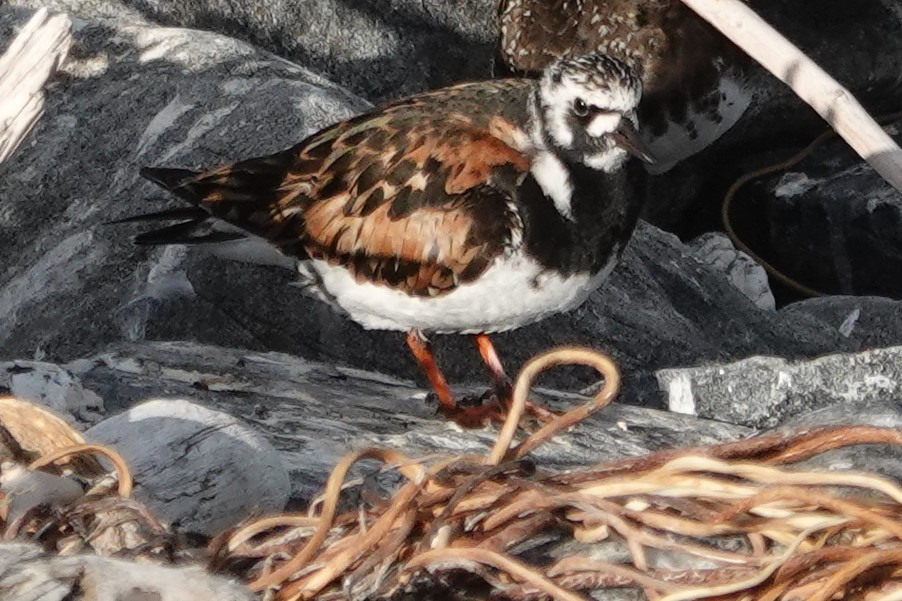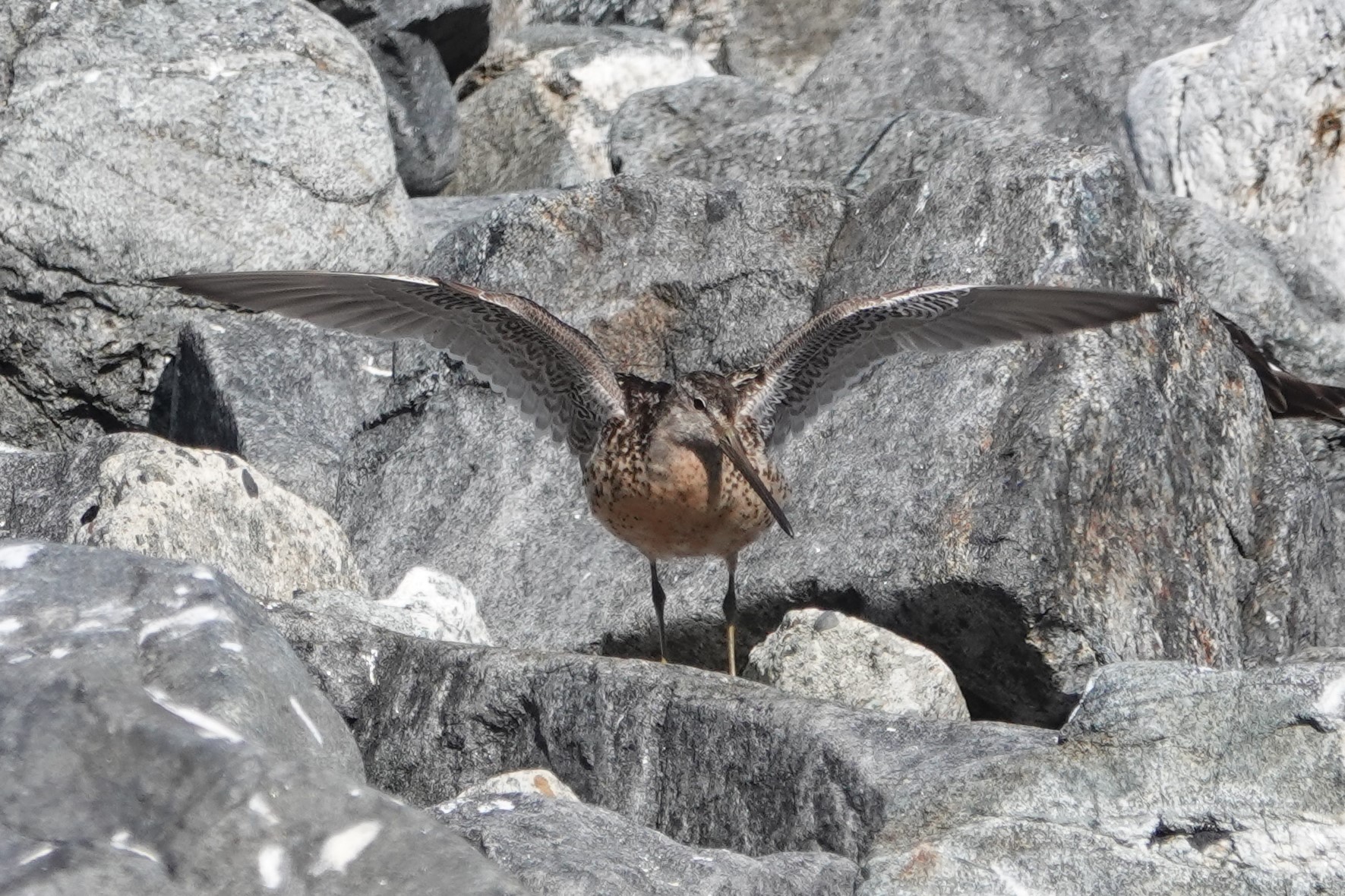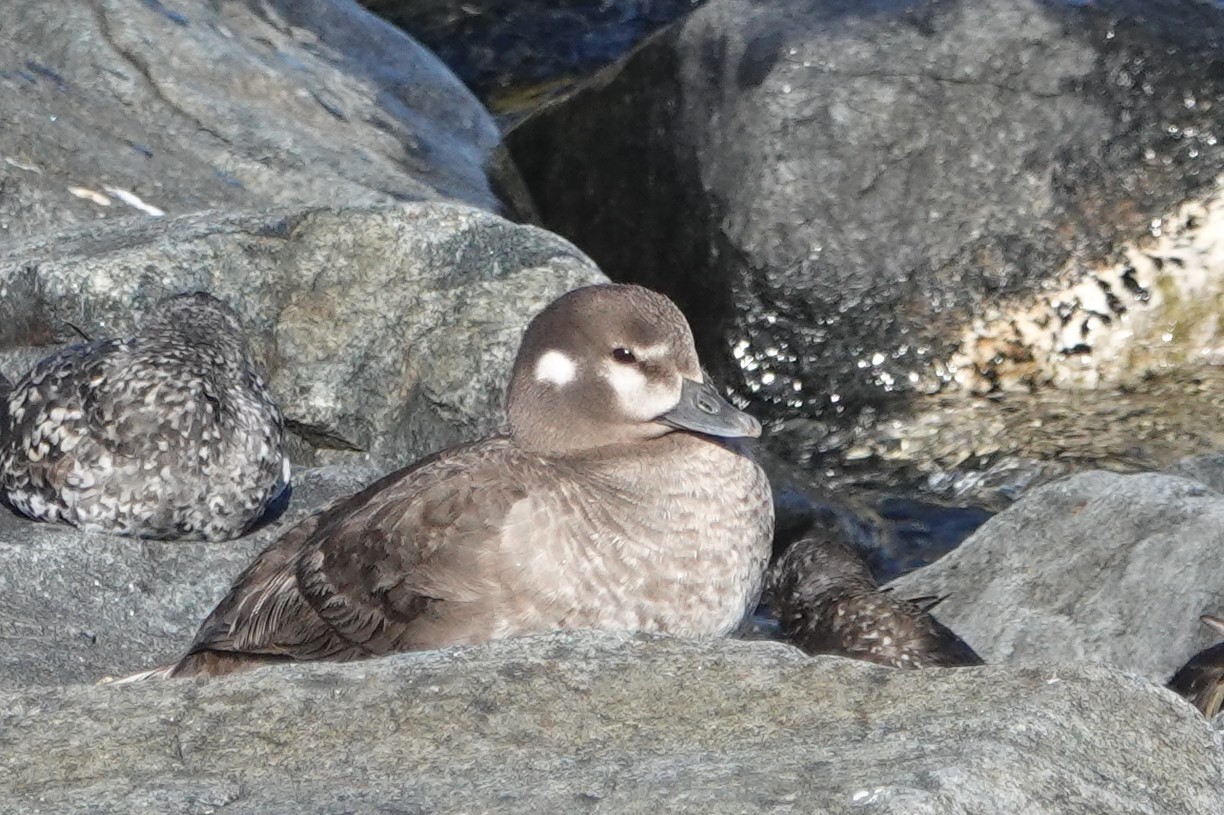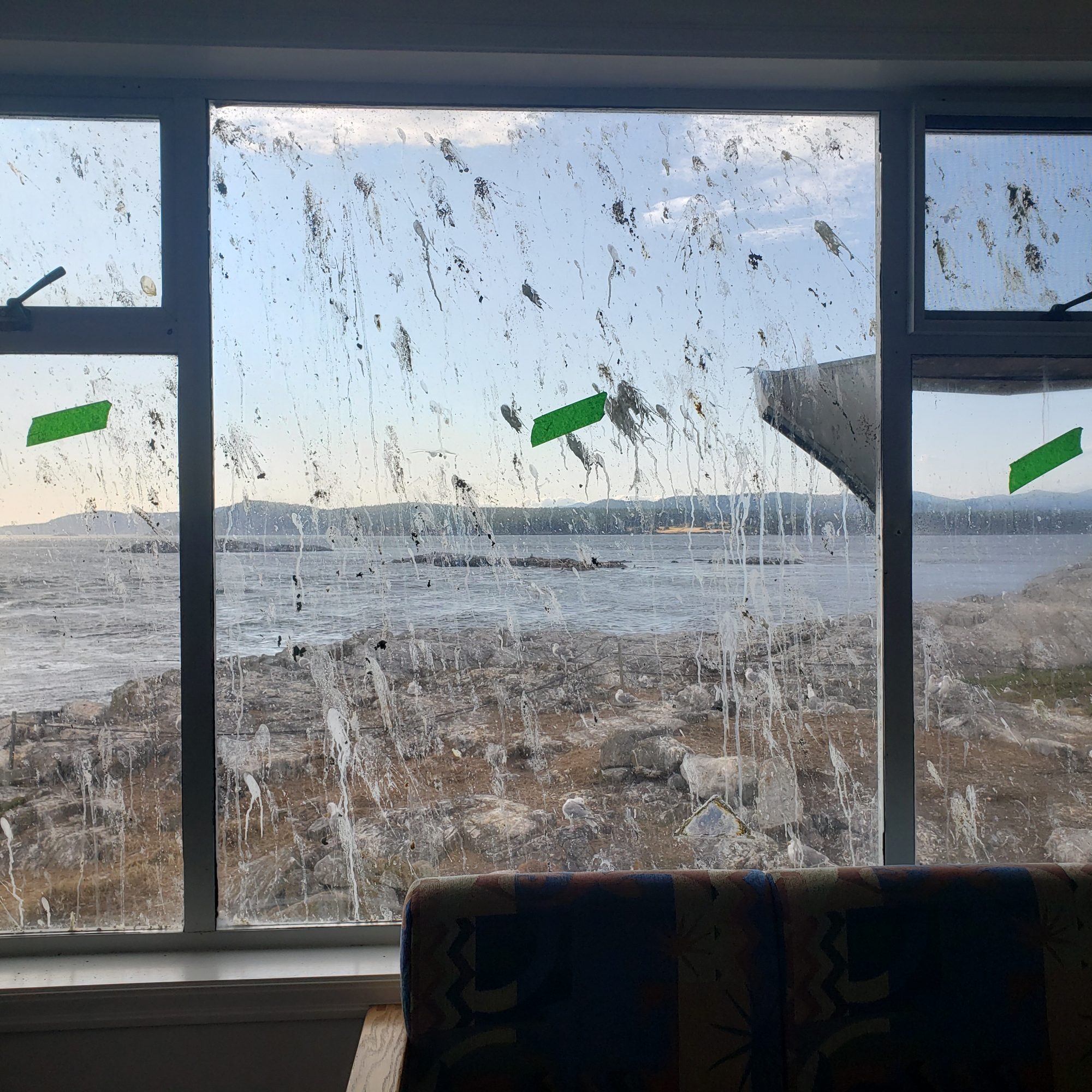A week goes by quickly out here! First, an update:
The branded Steller’s sea lion I reported in my last post has a history that includes a previous trip to Race Rocks. 746R was branded at Rogue Reef (Southern Oregon) on July 12, 2009. He has been all over Carroll Isl WA, Graves Rock SE AK, Castle Rock CA, Barkley Sound BC, Race Rocks in 2016, Sucia Island WA, Ewing Isl WA and Cape Arago OR as recently as July 7 this year. This and other marked sea lions are being studied by Susan Riemer of the Oregon Department of Fish and Wildlife. If you see marked sea lions, she really appreciates hearing about your sightings.
The last few days have had all of the weather possibilities for this time of year except hot. Foggy much of the time, windy most of the rest, and sometimes foggy and windy just to change things up. No rain, but humidity in the high 90s. I’m always struck by how different the temperatures can be just a couple of kilometres away. The wind yesterday actually broke the electric fencing tape on the jetty, which I fixed this morning.
Despite the wind, it’s been a good week for shorebirds. Another new one for me here (but not for Race Rocks) was a Sanderling. Normally seen chasing and being chased by incoming waves on a sandy beach, they do spend some time in more rocky environments.
The predominant gull at Race Rocks this time of year is the Glaucous-winged Gull. They are the regular breeders in this area. But gulls don’t necessarily stick to their own kind. When they hybridize with Western Gulls, the offspring are known as Olympic gulls. When they hybridize with Herring Gulls, the offspring are known as Cook Inlet Gulls. There is a gull that I’ve been watching that I think may be one of the latter.
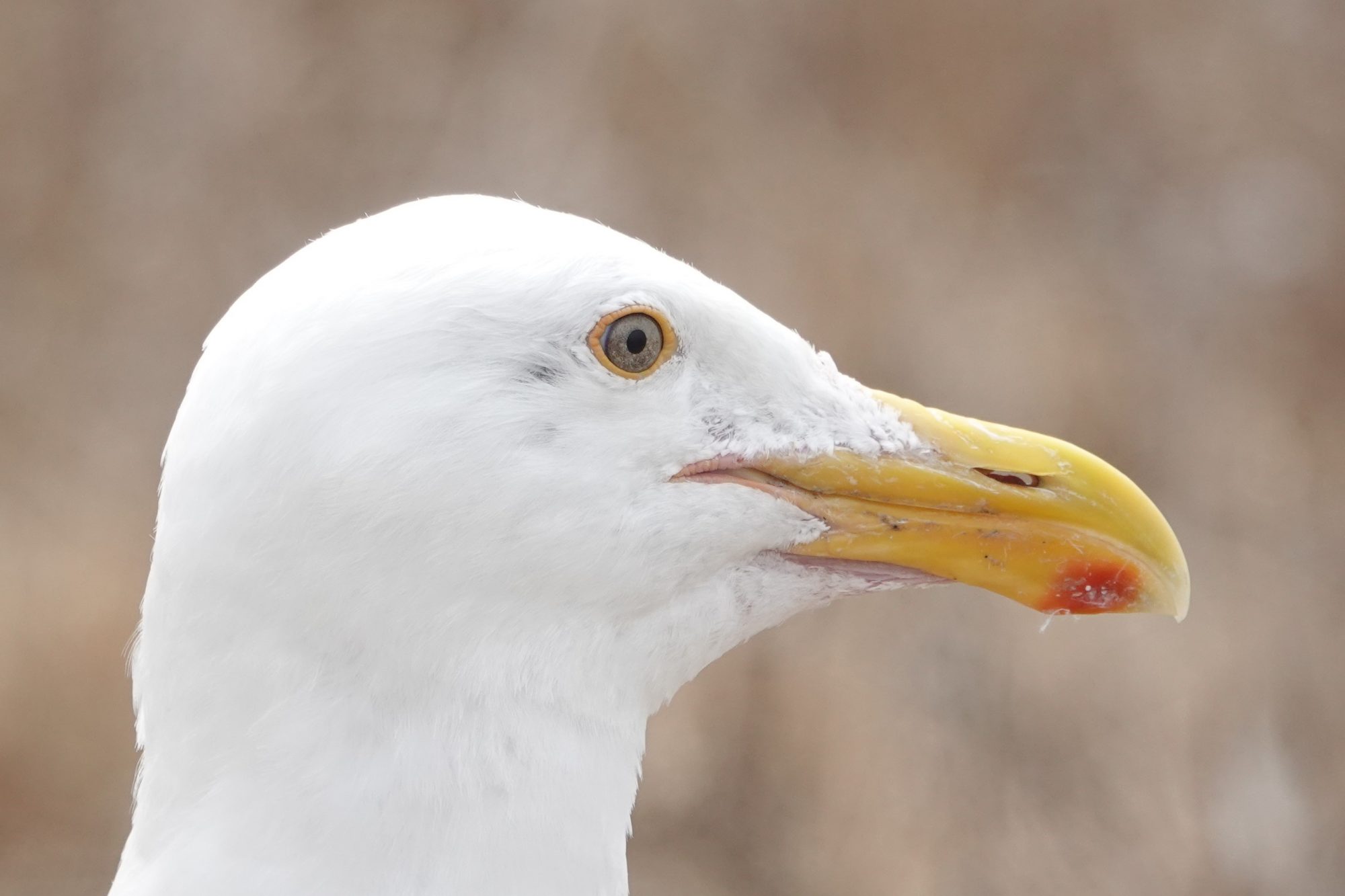
The orbital ring is orange-yellow like both the Western and Herring gulls. The iris is darker than a Herring gull and lighter than most Glaucous-winged Gulls.
I’ll be passing these and other photos on to someone more “gullible” than I am!
The Second Nature from Pearson College has been making the rounds with alumni and friends of the school. Some of them had to look hard to find us through the fog!
Thanks to Greg Dickinson and Pearson College for providing this opportunity to me again.
Visitors:
- No visitors ashore, but several from Pearson College on boat tours around the rocks
- Ecotourism traffic has been picking up, despite the fog.
Facility Work:
- Cleaned windows and solar panels daily
- Cleaned outbuilding windows inside and out
- Swabbed the decks at the Ecoguardian residence
- Fixed a shock-inducing break of the electric fence on the jetty
- Visually checked the entire run of the fence and reconnected tape blown out by high winds
More photos:
- Incoming Black Turnstone
- Turnstone being watched by harbour seal
- Black Turnstone stretch
- Pigeon Guillemot with a local gunnel (I think!)
- Steller’s sea lion
- Pigeon Guillemot with ???
- Gull from below. The dark wingtips indicate a hybrid rather than a full Glaucous-winged Gull
- No colour in the wingtips for this Glaucous-winged Gull
